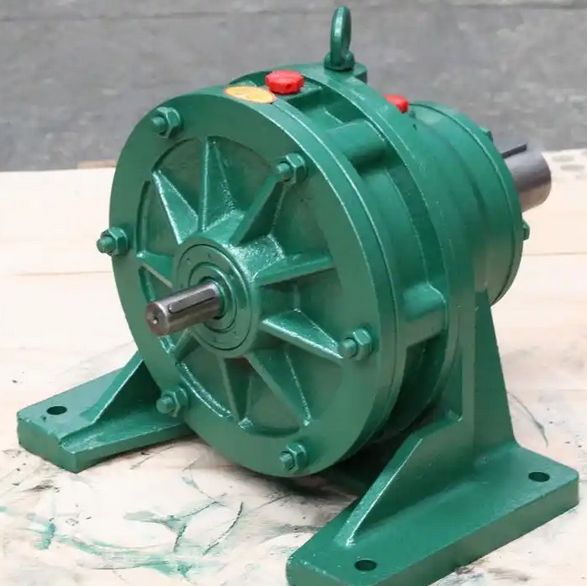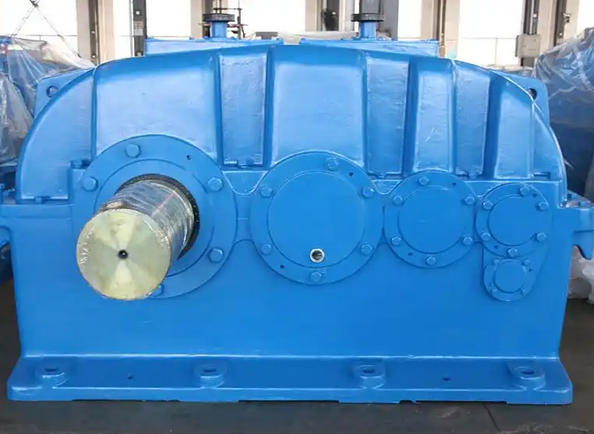Gear detection of hard-tooth surface reducer accessories - comprehensive analysis of key aspects of industrial equipment
In the industrial field, hard tooth reducer, as an important transmission device, is widely used in various mechanical equipment. The gears in the accessories of the hard tooth reducer are the core components that undertake the important task of transmitting power and reducing speed. Therefore, it is particularly important to inspect the gears of hard tooth reducer accessories.

The inspection of gears is mainly to ensure their normal operation and prolong their service life. In the production process of hard tooth reducer, precise measurement and analysis of gears can detect potential problems in advance, avoid equipment failures, and improve equipment safety and work efficiency.
Firstly, let's understand the importance and significance of gear inspection. In a hard tooth reducer, the quality of the gears plays a decisive role in the normal operation of the entire equipment. By detecting gears, defects, wear levels, and geometric accuracy can be detected in a timely manner, providing a basis for subsequent maintenance and replacement, and ensuring the reliable operation of the equipment.
Gear inspection mainly includes tooth surface quality inspection, gear wear inspection, and geometric accuracy measurement. Among them, tooth surface quality inspection is one of the important links in gear inspection. By using high-precision gear inspection instruments, a comprehensive inspection of the surface quality of gears can be carried out. This mainly includes the detection of indicators such as tooth surface hardness, tooth surface roughness, tooth surface bending, and tooth surface deformation. Through precise data analysis and comparison, it is possible to determine whether gears meet design and manufacturing requirements.
Gear wear detection is another important aspect of gear inspection. After long-term use of gears, due to the influence of friction and extrusion pressure, there will be certain wear on the tooth surface. Through gear wear detection, the wear situation of gears can be understood, and corresponding remedial measures can be taken to extend the service life of gears. The commonly used methods for gear wear detection include visual inspection, non-contact testing, and magnetic particle testing. The specific selection method needs to be comprehensively considered based on the material and usage environment of the gear.
Geometric accuracy measurement is another important aspect of gear inspection. Geometric accuracy measurement includes the measurement of indicators such as tooth pitch, tooth thickness, tooth top clearance, and tooth bottom clearance of gears. The quality of geometric accuracy directly affects the transmission effect and noise level of gears. By accurately measuring the geometric accuracy of gears, it is possible to ensure stable power transmission and reliable accuracy.
In short, the inspection of gears in hard tooth reducer accessories is an important link to ensure the normal operation and extended service life of the equipment. By inspecting the tooth surface quality, wear degree, and geometric accuracy of gears, problems can be identified in a timely manner and corresponding maintenance and replacement measures can be taken. Therefore, in the production and use of hard tooth surface reducers, it is necessary to pay attention to the inspection of gears and improve the reliability and safety of equipment operation.




